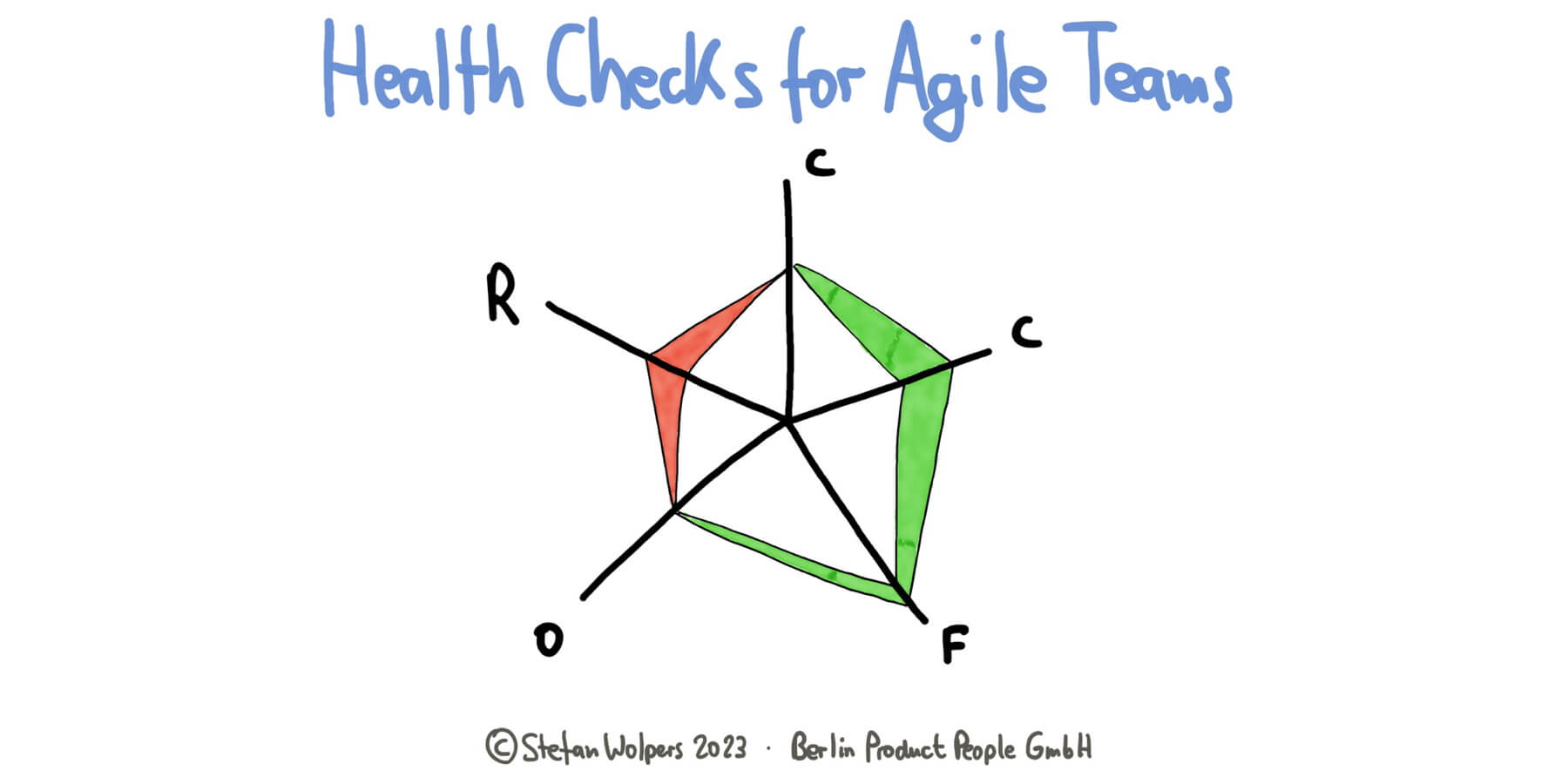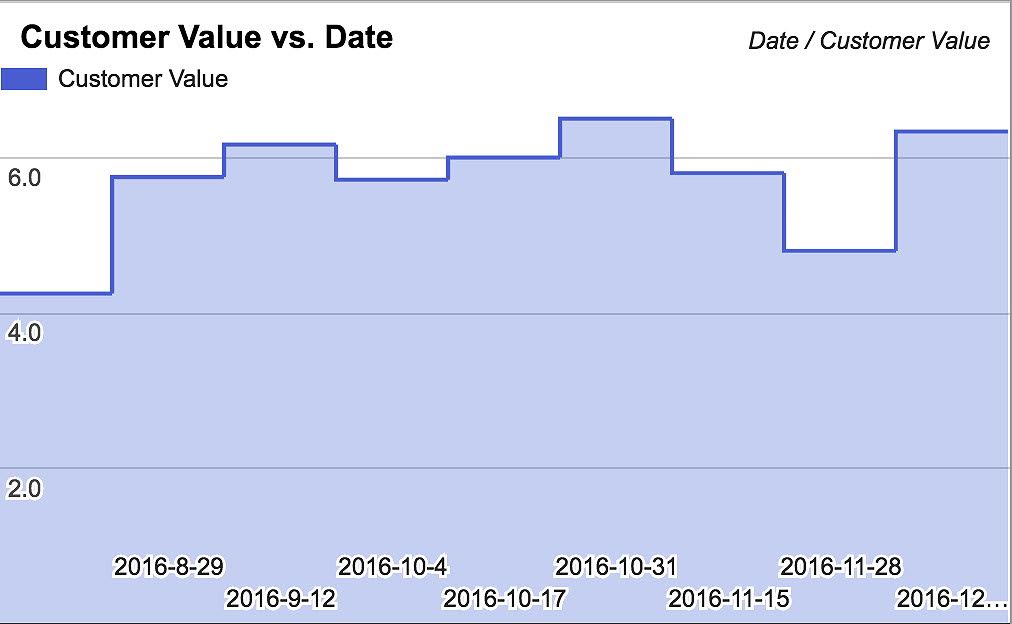Health Checks for Agile Teams
Agile teams thrive on continuous improvement and adaptability. Self-assessment isn’t just a health check measuring tool but a compass guiding teams toward their potential. It enables teams to understand their strengths, identify areas of improvement, and delve deeper into work dynamics beyond mere output.
The true essence of self-assessment in Agile is fostering transparency, collaboration, and relentless improvement. It’s not an audit; it’s a mirror reflecting a better version of your Agile team.
This article comprises a few well-known self-assessment tools; use them or have them inspire you to create your own assessment.

🏅 Check out the corresponding discussion on LinkedIn: Health Checks for Agile Teams.
🗞 Shall I notify you about articles like this one? Awesome! You can sign up here for the ‘Food for Agile Thought’ newsletter and join 47,000-plus subscribers.
🎓 💯 🇬🇧 Join your peers for a guaranteed advanced Scrum Master class: August 29-30, 2023: Professional Scrum Master II.
📖 Get notified when the Scrum Anti-Patterns Guide book is available!
Health Checks for Agile Teams: Self-Assessment Tools
Here’s a collection of notable health check self-assessment tools for inspiration:
1. The Spotify Squad Health Check
The Spotify Squad Health Check Model, introduced by Henrik Kniberg, is a tool designed to assess the health of a team or “squad” within an organization. The model primarily uses a color-coded system to gauge responses. This feedback is collected on a set of eleven indicators, each representing a different facet of the team’s function:
- Easy to release
- Suitable process
- Delivering value
- Fun
- Speed
- Learning
- Mission
- Health of Codebase
- Support
- Pawns or Players
- Teamwork.
Source: Squad Health Check model.
2. Crisp Happiness Index
Quote: “Our primary metric is “Nöjd Crispare Index” (In English: “Happy Crisper Index” or “Crisp Happiness Index”). It’s the only thing we systemically measure and follow up. Scale is 1-5. The data lives in our dashboard (a shared Google spreadsheet).”
Source: Crisp DNA: Happiness Index.

3. The Liberators: Scrum Team Survey
Quote: “We created the Scrum Team Survey to support Scrum teams in their continuous improvement loop. The first step in that loop is to create transparency around where you are right now, and then to work together as a team to identify improvements and make adaptations. We designed this do-it-yourself workshop to help invite your team while paying attention to risks and issues of safety and diagnosing the results together. Because a careless invitation, and a haphazard approach, can cause more harm than you intend.”
Source: How To Make Your Team More Effective With The Scrum Team Survey.
4. Jimmy Janlén: Team Barometer
Quote: “The barometer is executed as a survey in a workshop. The survey consists of 16 team characteristics, packaged as a deck of cards. Team members vote green, yellow or red for each card in the meeting (or before the meeting as an anonymous survey). Once all cards have been run through, the team reflects and discusses the results. You can, if you want to, run through the exercise in thirty minutes, but I recommend to set aside an hour.”
Source: Team Barometer.
5. Atlassian: Health Monitor
Quote: “The Health Monitor is your team’s chance to take an honest look in the mirror. You’ll assess your team against the eight attributes most commonly found among healthy teams. At the end of Health Monitor session, you’ll identify strengths to exploit as well as challenge areas to grow.”
Source: Atlassian Health Monitor.
6. New Relic: Team-Health Assessment
Quote: “My core team took those 250 responses and boiled them down until we had 22 health standards that felt true and believable. We wanted everybody in our organization to believe in them, and we wanted them to project the standards of a healthy team.”
Source: New Relic Team-Health Assessment.
7. Selfmade I: Scrum Value Radar
Another good use of a regular anonymous poll is the state of Scrum values within a Scrum team. For these health checks, you create a poll of five questions, covering commitment, courage, focus, openness, and respect, using a Likert scale. (“1” might be “The Scrum value not practiced at all” and “5” might represent “the Scrum team is perfect at [Scrum value].”)
If you run the poll several times and visualize the data with a spider diagram, you can easily track the Scrum Team’s progress regarding Scrum values:

8. Selfmade II: Sprint Poll
In addition to the Scrum Value Radar exercise, I also like to run an anonymous poll at the end of every Sprint. These health checks comprise four questions that are each answered on a scale from 1 to 10:
- What value did the team deliver the last sprint? (1: we didn’t deliver any value; 10: we delivered the maximum value possible.)
- How has the level of technical debt developed during the last sprint? (1: rewrite the application from scratch; 10: there is no technical debt.)
- Would you recommend a job opportunity in this organization to a friend with an agile mindset? (1: No, I value the friendship more than this organization; 10: Without hesitation.)
- Are you happy working with your teammates? (1: No, I am already looking for a new job; 10: Yub, I cannot wait to get back to the office on Monday mornings.

The poll takes less than 60 seconds of each team member’s time, and the results are of course available to everyone. Again, tracking the development of the four qualitative metrics provides insight into trends that otherwise might go unnoticed. Again, the data provides good input for a Sprint Retrospective.
Source: Agile Metrics: The Good, the Bad, and the Ugly.

Conclusion
Self-assessment is crucial for agile teams, guiding continuous improvement and adaptability. Not merely a measure of effectiveness, it helps teams recognize strengths, uncover growth areas, and understand deeper work dynamics. It’s a reflective tool fostering transparency and relentless improvement.
How is your team keeping track of its health and growth? Please share with us in the comments.
Health Checks for Agile Teams — Related Articles
Agile Metrics: The Good, the Bad, and the Ugly
Download the Agile Metrics Survey 2021
✋ Do Not Miss Out and Learn more about Health Checks — Join the 12,000-plus Strong ‘Hands-on Agile’ Slack Community
I invite you to join the “Hands-on Agile” Slack Community and enjoy the benefits of a fast-growing, vibrant community of agile practitioners from around the world.

If you like to join all you have to do now is provide your credentials via this Google form, and I will sign you up. By the way, it’s free.
The article Health Checks for Agile Teams — From Spotify to The Liberators to Self-Made was first published on Age-of-Product.com.
